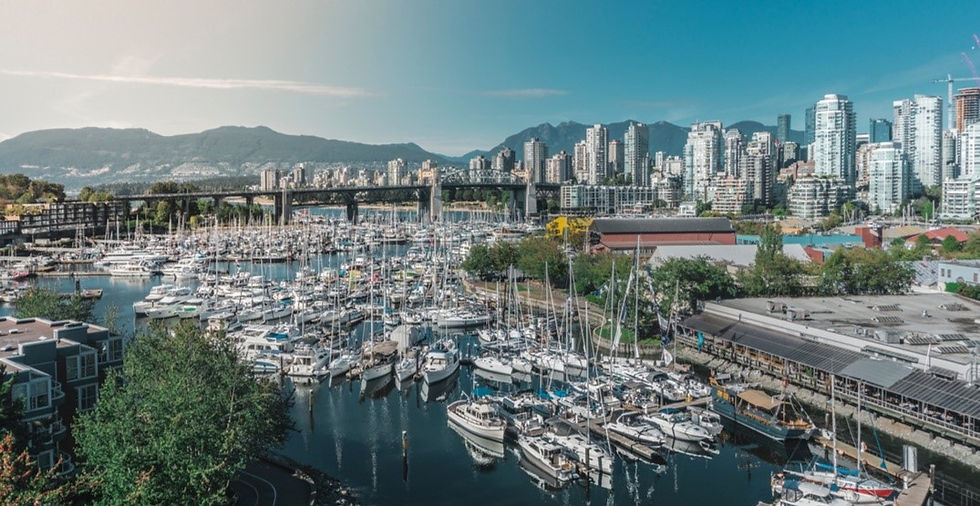With Nature; rethinking environmentalism?
- Zehra Wazir

- Nov 12, 2019
- 3 min read
“One of the first conditions of happiness is that the link between man and nature shall not be broken.” —Leo Tolstoy

The slum eradication movement that characterized the post second world war years in Europe, America and Canada has been blamed as the failure of planning profession. The harsh Lessons of Urban Renewal movement experienced through degeneration of public housings e.g. Pruitt Igoe complex and others, led to various questions pertaining to understanding developed by architects and planners towards the needs of human and communities. Le - Corbusier, in this scenario, appears to be an egocentric architect with narrow perspective of human needs and aspirations. Well, it could not be less true; for too deeply understand and empathize; one has to delve forthright into the areas of problems, just as Jane Jacob did or was fortunate to be a part of.
Le Corbusier approach was a typical top down one. Hailing from a middle class family with ease of life; it was difficult to fully comprehend the problems that were faced at grass root level for ultra-poor and lower income people. His vision encompassed housing people in towers with adequate amenities and recreational activities, segregated according to the income streams. These towers enabled the land to be left open for playgrounds and green spaces, punctuated by roads for automobiles. The city was designed with center as residential areas surrounded by public buildings, and industries on periphery. The vision in his eye was noble and solved the problem on superficial level. However, its adoption in various parts of world in terms of city planning from Chandigarh, India, Brasilia in South America to Islamabad, Pakistan has taught few lessons. These cities still function as class segregated, isolated and superficial environments with alien identity in terms of culture of these decontextualized places. Another interesting phenomenon, experienced is the cropping up of informal settlements around the affluent and middle class zoned areas providing domestic workforce for these areas. The informal economy has crept up and still flourishes. The rigid zoning has doomed the vibrant city life and as experienced by me in Islamabad; the capital has still not been able to achieve vibrant life as characterized by old metropolitan cities like Karachi.
Le Corbusier ideas resounded in Urban renewal movement. The idea of space as being clean slate to design and collecting people in gigantic and distorted scale towers to maintain visual character of city was adopted by many planners inspired from Corbusier vision. However, the limit of technology, flaws of design, inhuman scale of towers, isolated nooks and corners for crime infestation plus the maintenance cost were the recipe for failure. It was the astute Jane Jacob book “The life and death of great American cities” that opened the eyes of architects and planners from deep sleep. In her perspective, cities win, density is viewed as positive, essential is the mixed use, virtuous is the street and short blocks that provide safety and security of dozens. Moreover, un -slumming the slum is a humane and incremental process achieved over a period of time; not through eradication but through regeneration and rejuvenation of economic and social forces within these areas.
Many Lessons have been learned from the time of Howard, Le – Corbusier and Jane Jacob for which the planning profession is grateful. However, there is a legacy of problems to be solved as well solutions to be designed for future. One of the interesting aspect from this week’s reading is the approach of Bioregionalism; an approach that integrates land use with natural resources, It places ecosystem and community at the heart of design before land use and economics. It must be noted that Regional planning has been developed and practiced for many years now especially in Canada; with principles and organizational structures established to facilitate inter-municipals collaboration for efficient regional plan implementation.
What must not be forgotten even with bioregionalism approach is the balancing act of ecosystem and community design, in conjunction with the social and economic imperatives of plan. The lessons from all these great visionaries or planners must not be forgotten.






Comments